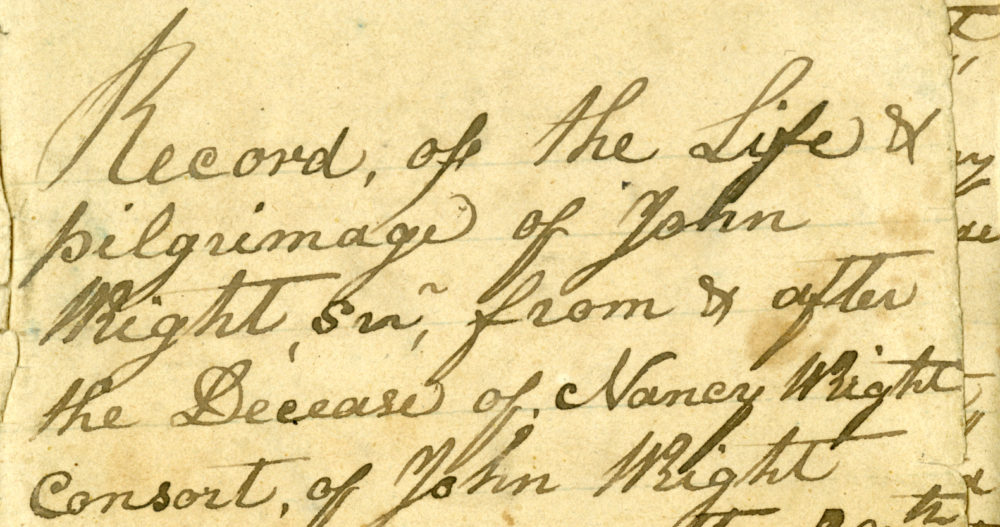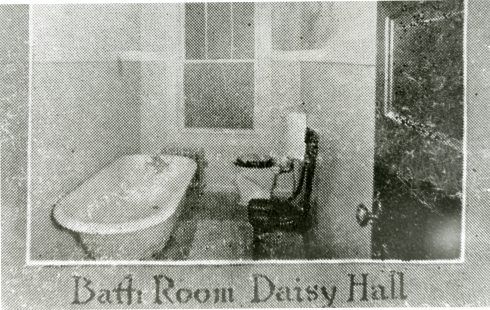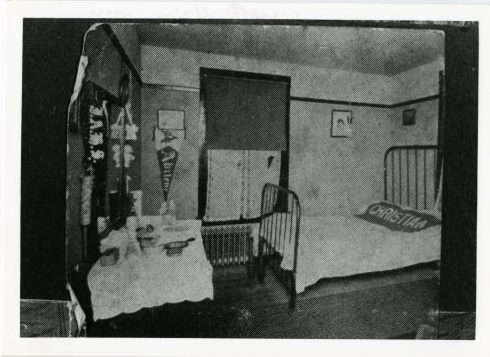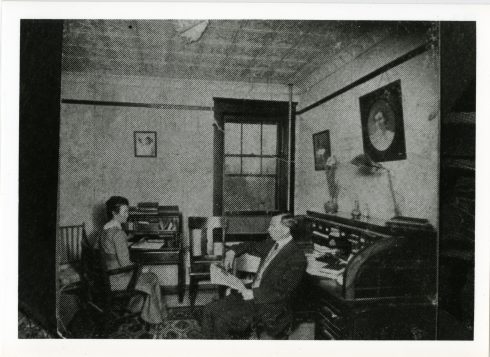This post is part of our ongoing series featuring photographs from our collection. Explore more of our digitized photos (and other items) over on Digital Commons @ ACU.
As students arrive on campus this fall, we’re taking a look back at dorm life through the years at Abilene Christian University, starting off with Daisy Hall. Don’t recognize that name from a recent walk around campus? That’s because Daisy Hall was located at the Childers Classical Institute (and then in 1917 the newly renamed Abilene Christian College) campus on North 1st street near the center of Abilene.
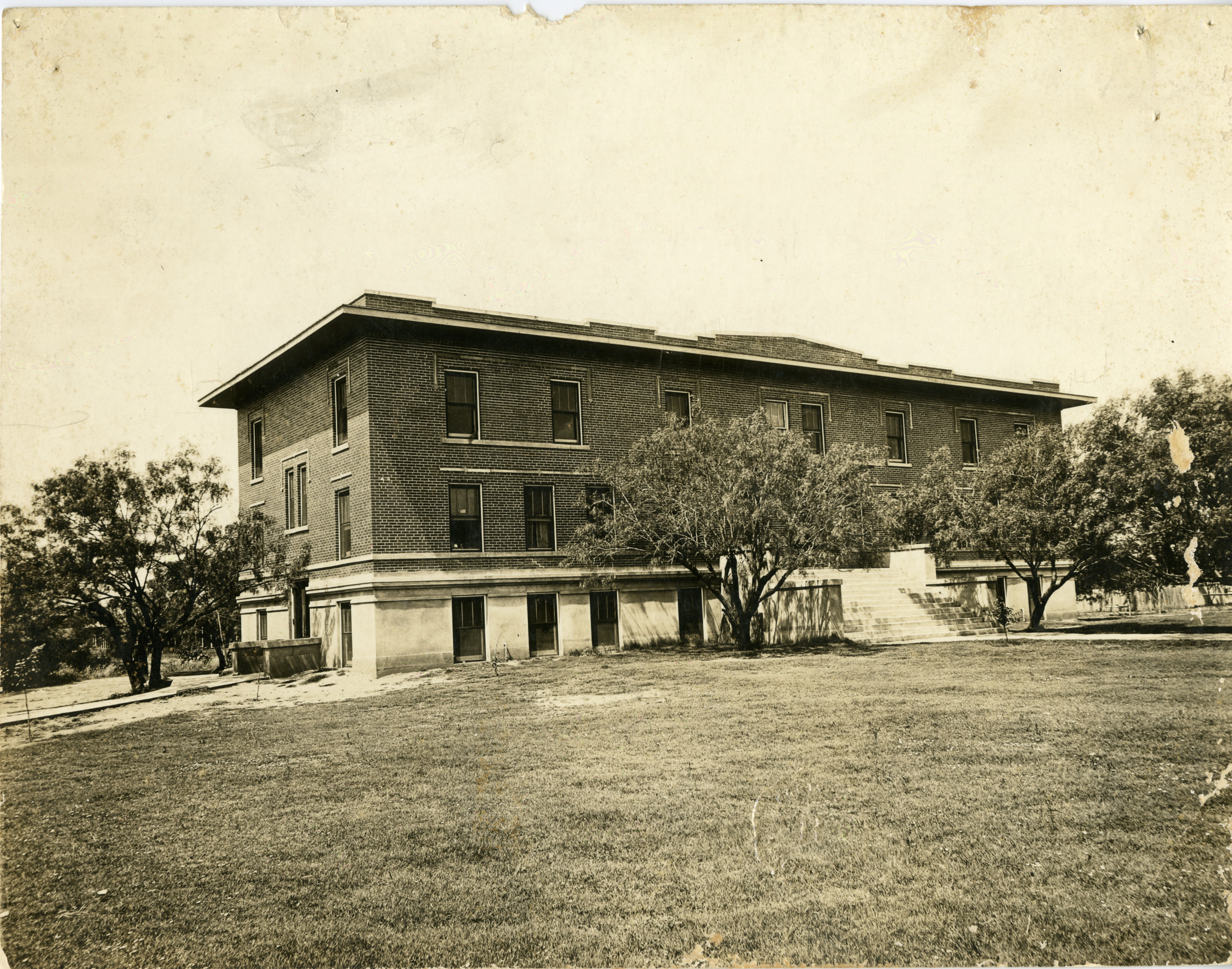
Daisy Hall on the Abilene Christian College campus, circa 1914-1915. The new sidewalk pictured was built by the Zellner Literary Society as a memorial at the end of the 1914-1915 school year. From the Sewell Photograph Collection.
Named in honor of President Jesse P. Sewell’s wife Daisy Sewell, Daisy Hall served many purposes on the growing campus. The 1915-1916 Catalog of Abilene Christian College described Daisy Hall:
This is a three story brick structure, modern and first class in every respect. It is heated with steam and lighted with electricity. There are baths, with hot and cold water on each floor. Each floor has completely equipped toilet rooms. Each room has individual clothes closets and a lavatory with running water. Most of the rooms are furnished with single beds, and all of them with nice dressers, tables, chairs, etc. The reception parlor, library and dining room are decorated with Sister Sewell’s beautiful oil, pastel and water color pictures, and hand painted china. The library contains Brother Sewell’s excellent collection of more than six hundred books.
Brother and Sister Sewell live in the building, with other members of the faculty, and give their very best thoughts and efforts to making it a pleasant and wholesome home for all girls who are trusted to their care.
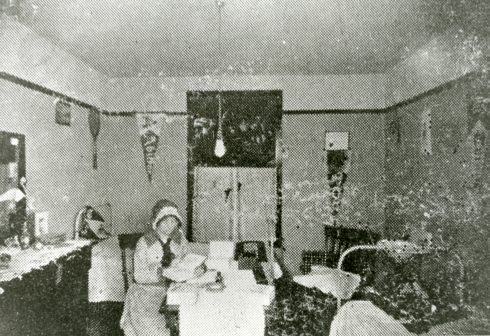
Photograph of a student reading in a Daisy Hall bedroom, circa 1915-1916. From the Sewell Photograph Collection.
According to the 1919-1920 Catalog of Abilene Christian College, board in Daisy Hall ranged from $59-$75 per semester, depending on the term and if you preferred a north room or a south room. For comparison, tuition for the same academic year ranged from $22.50 for the winter term all the way up to $27.50 for the fall term.
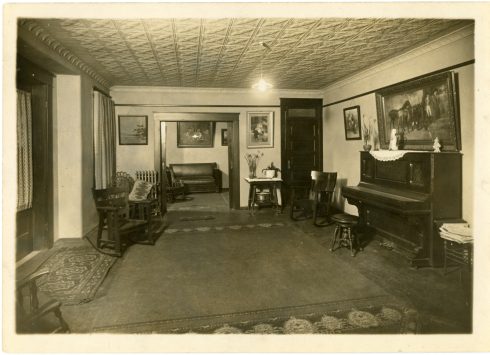
Parlor of Daisy Hall, circa 1919. The photograph was taken from Carrie Acuff Brasher’s scrapbook and is part of the Sewell Photograph Collection.
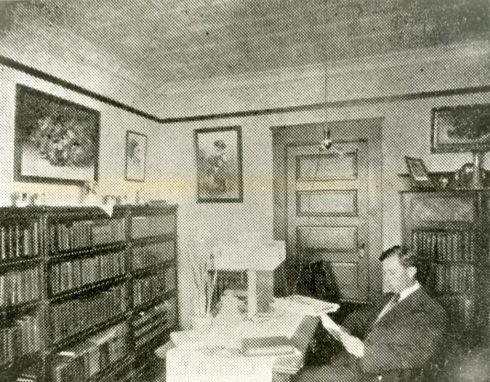
The Library in Daisy Hall, circa 1915-1916. President Jesse Sewell is pictured reading a book. From the Sewell Photograph Collection.
The same 1919-1920 catalog provides a glimpse into the daily schedule of the residents of Daisy Hall:
6:30-7:00__ Arise and arrange rooms.
7:00-8:00__Breakfast.
8:00-10:00__Study and recitations.
10:00-10:30__Chapel.
10:30-12:30__Study and recitations.
12:30-1:30__Lunch.
1:30-3:30__Study and recitations.
3:30-6:00__Exercise.
6:00-7:00__Dinner.
7:00-10:30__Study.
Daisy Hall was used until the ACC campus moved to its current location in 1929.
Are you interested in the history of a particular ACC or ACU dormitory? If so, find us on Twitter (@DISCAatACU) and let us know!
